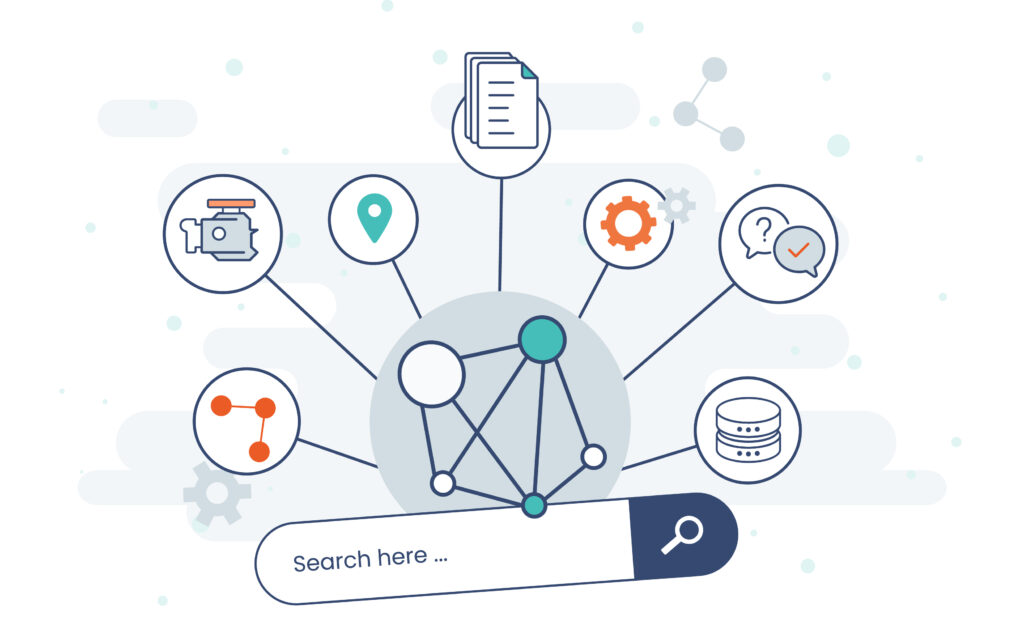Articles
Knowledge Graphs in Technical Communication: Definition, Use and Benefits
Knowledge graphs are one of the top trends in applied artificial intelligence. According to Gartner, graph-based technologies will be used in approximately 80% of all data and analytics innovations by 2025 (compared to just 10% in 2021). The use of knowledge representation is also becoming an increasingly frequent topic of discussion in technical communication. The technology has long been used to model knowledge and map complex relationships. In combination with generative AI, the knowledge graph becomes an even more powerful tool for efficiently organizing knowledge, recognizing connections, and enabling intelligent applications.
But what exactly does this buzzword mean?
What is a knowledge graph?
A knowledge graph is a structured representation of knowledge in the form of a semantic network. This connects data via nodes (entities) and edges (relationships) and uses semantics to make the connections between pieces of information understandable. This breaks down information silos and makes company-specific knowledge—for example, about products—usable. It does not matter whether the data is in structured or unstructured form.
How does it work?
In short, a company’s knowledge is first described in a clear, uniform form, such as an ontology. Data is merged from various data silos, harmonized, and enriched with metadata. This semantic enrichment creates a uniform context in which information is not only stored but also linked together.
The result is a machine-readable knowledge network that can be used flexibly – for example, for intelligent assistants, more precise semantic search queries, automated analyses, or even for the development of new data-driven services. The more data is integrated, the more valuable and meaningful the knowledge graph becomes, because it reveals connections that were previously hidden.
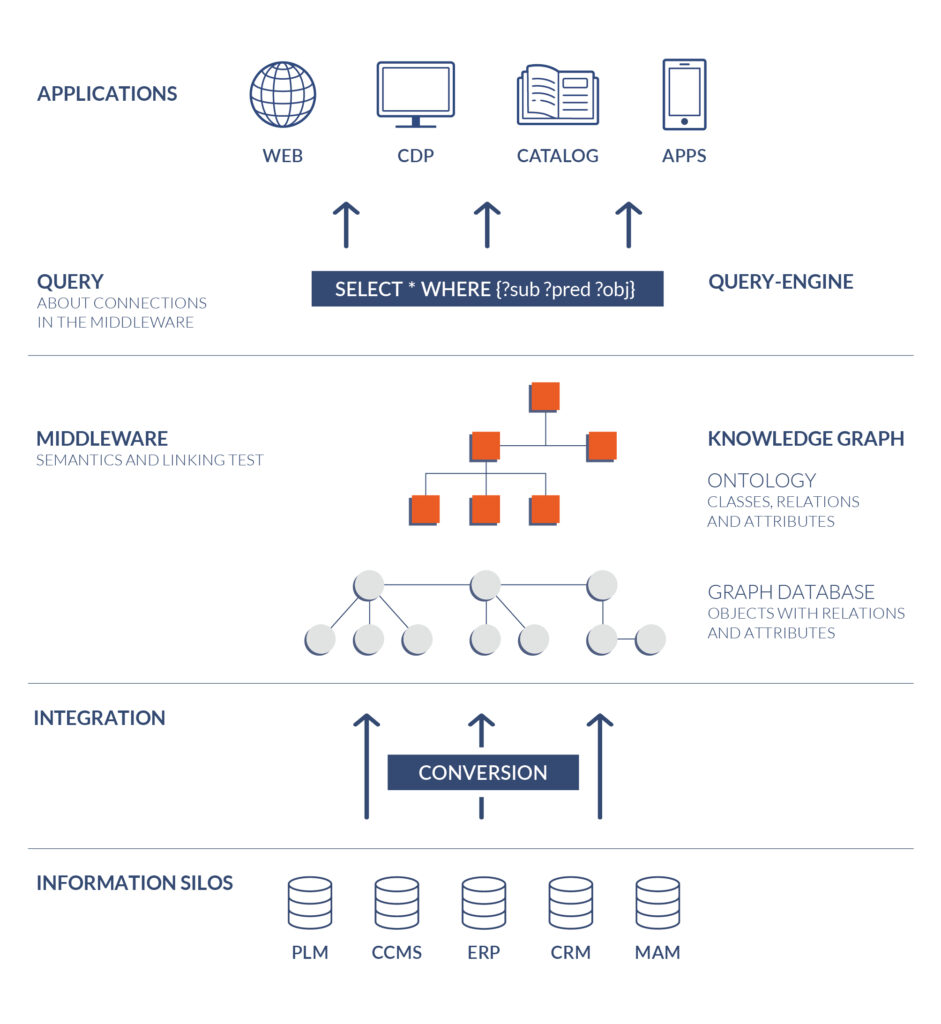
How knowledge graphs are created
Describing a knowledge domain with an ontology
An ontology forms the basis for a knowledge graph. “An ontology is the explicit, formal representation of knowledge in a specific domain,” explains Dr. Martin Ley, Professor of Information Management at Munich University of Applied Sciences. The domain is the subject area covered by the ontology. The ontology defines which classes of objects exist in the domain and how these objects (nodes) relate to each other (edges). Additional properties can be used to enrich the objects with additional information about, for example, source, time, or format.
Examples of possible classes of objects in our context of technical communication are products and their components and parts, but also repair information or spare parts. Typical relationships are that a product consists of components or that repair information belongs to a component. This information content can be represented in so-called directed graphs. These are relationships (edges) that have a specific direction.
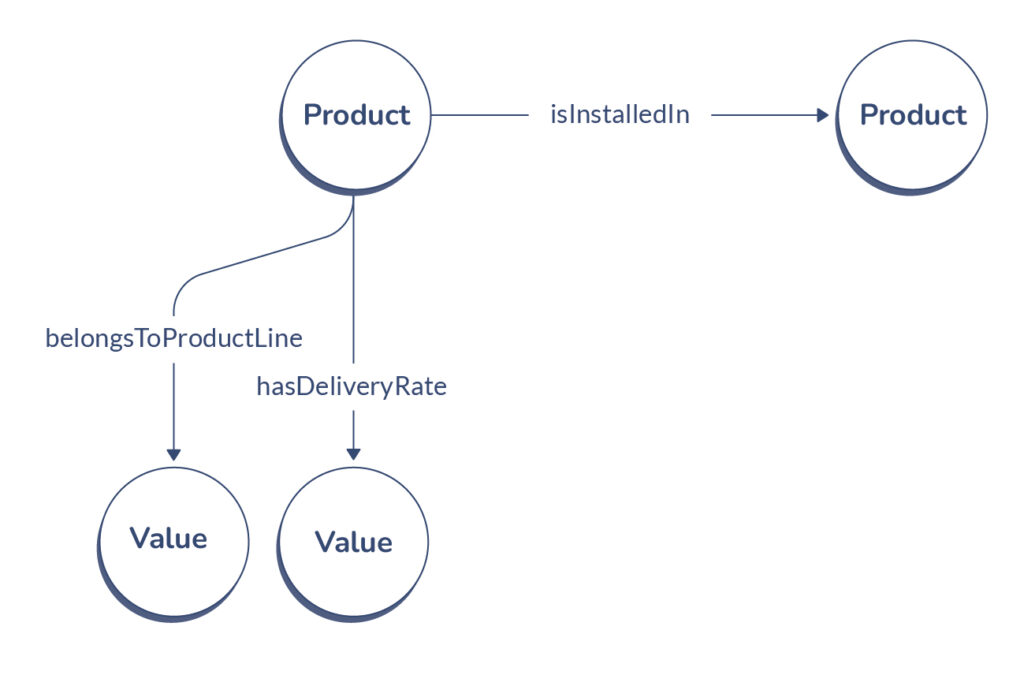
To make this representation machine-readable, it is expressed in a specific description language such as RDF (Resource Description Framework).
Specialized tools are used to model such ontologies, supporting the creation, structuring, and validation of knowledge models. The finished models are then stored in a graph database, where they can be queried and expanded flexibly. As a partner to various providers, we advise our customers on selecting and implementing the right solution.
Specific content in the graph database
Once the basis for the knowledge model has been created as an ontology, the information is exported from the various data silos, transformed, and mapped as so-called “placeholder objects” in a graph database. These placeholders, also known as instances, are the concrete data that represent the abstract classes of the ontology. This enables relationships to exist between the real data as well.
This networked information provides an excellent basis for value-adding business and service processes.
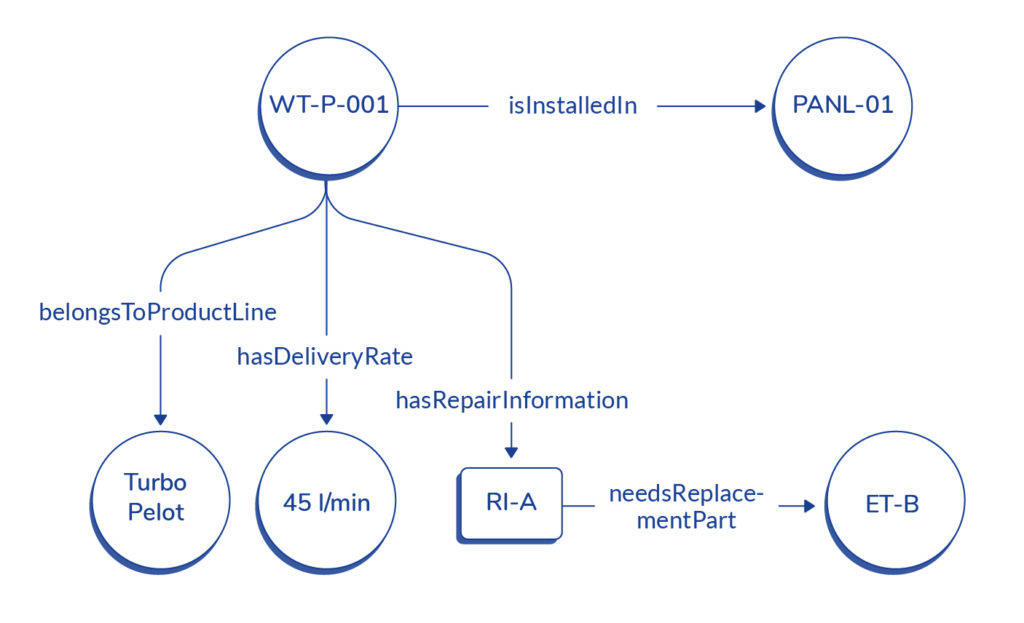
Challenges in knowledge modeling and knowledge graph construction
“The challenge in modeling an ontology is to identify the classes and relations that are relevant for future applications. As a rule, existing metadata concepts, information models, or nomenclatures are used and processed automatically,“ explains Dr. Martin Ley. ”When building the knowledge graph, an additional challenge is that product knowledge is usually stored in many different places within the company for historical reasons. Product-related information is stored in the PLM system, technical documentation in a CCMS, and information for sales in a CRM system, etc.”
This requires one or more conversion tools that automatically transfer existing information to the graph database for specific use cases. “Simple mapping is often used for this purpose, as the information is usually structured or semi-structured. If the information cannot be mapped adequately, additional functionalities such as text mining or entity extraction may help,” says Dr. Martin Ley.
This is exactly where our PANTOPIX SPHERE platform comes in: it automates many of these conversions, integrates information from different source systems, and provides reliable, semantically linked data for a wide range of applications based on a central knowledge graph.
Possible applications of semantic knowledge structures
Knowledge graphs incorporate different types of information from various areas of the company and offer a 360-degree view of the company. This opens up a wide range of application scenarios:
- Semantic search: These enable better search results because the search is based on context and not just keywords.
- Intelligent assistants and chatbots: These systems use knowledge graph technology to answer questions accurately and in context.
- Data integration: Different data sources are connected and unified so that connections become visible.
- Better support: Service cases are resolved more quickly and specifically because all relevant information is connected.
- Knowledge management: Companies organize and use their expertise more efficiently.
- Recommendation systems: In the form of apps, they support sales staff or customers directly in selecting products that require explanation.
Application examples: Graph-based information in practice
One conceivable application based on a knowledge graph is an intelligent service assistant like ZEISS Service Copilot. This provides service technicians at all service levels with all relevant information, such as repair instructions, spare parts, or labor values, specific to the product and context. In the form of a ticket system, first-level support could be informed about other customers’ similar problems in addition to the complete service case history, enabling them to find suitable solutions more quickly. An additional AI chatbot makes searching through hundreds of documents such as manuals and troubleshooting guides more efficient. Clear source references ensure the quality of the AI response.
Our white paper “Step by Step to Knowledge Graphs” describes another example of the creation and application of a knowledge graph-based approach. In it, you can learn how we transferred product knowledge in tables to networked information in a knowledge graph using the use case of a pump manufacturer.
Advantages of knowledge graphs in technical communication
In technical communication, knowledge graphs are a key technology that enables companies to use their valuable information for numerous future-proof applications—instead of just managing it in various data silos. AI applications also benefit from semantically enriched information: Large language models (LLMs) are known to have weaknesses in terms of the factual accuracy of their responses and hallucination. However, the requirements for the quality and timeliness of technical information are extremely high. The combination of knowledge graphs and LLMs takes both technologies to a new level.
What makes the use of a semantic knowledge network so special is its flexibility and scalability. It is possible to start networking valuable knowledge today with a smaller amount of information and systems and gradually integrate additional topics and information sources. This ensures that investing in knowledge graph-based technology is an investment in the future.
The use of semantic knowledge structures brings many benefits:
- Knowledge is better networked, making connections between different pieces of information visible
- Decisions can be made faster and more confidently based on a well-founded overview
- Data from different sources and systems can be merged
- Different departments, such as service or support, can respond to inquiries in a more targeted and faster manner
- Processes such as recommendation management can be automated.
- Networked information simplifies the development of new solutions and innovations and provides an excellent basis for a wide variety of portals.
- Knowledge graphs are at the heart of data-driven applications such as recommender systems, dashboards, or customer 360 views
- Compliance and quality assurance are supported by transparent data
Author: Sandy Hedig, Marketing Manager at PANTOPIX, in collaboration with Dr. Martin Ley, Professor of Information Management at Munich University of Applied Sciences.
As of: August 2025

Sandy Hedig
Marketing Manager
PANTOPIX

Dr. Martin Ley
Managing Director
PANTOPIX
Subscribe to the free newsletter from PANTOPIX.
We will gladly keep you informed regularly about new articles.
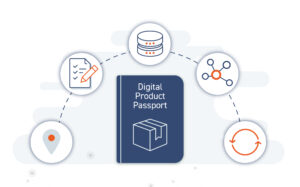
DPP in practice: How the digital product passport is becoming the driving force behind the information hub
To prevent the digital product passport from becoming yet another data container, companies need to rethink their information strategy.
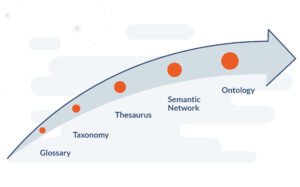
Meaning of semantics in technical communication.
“Today, semantics is frequently discussed, especially in connection with terms like ‘Semantic Web’ or ‘Semantic Knowledge Management.’ But what exactly does semantics mean, and how relevant is it for technical documentation?”
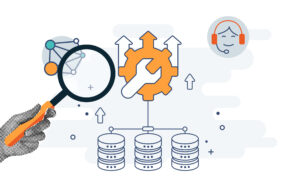
Improving service quality with networked information
Production processes are being continuously optimized and automation solutions are being promoted. However, in the service department, where customers expect quick responses, precise solutions, and personal support, digital progress all too often comes to a halt.
Contact us
Maraike Heim
Senior Marketing Manager
- maraike.heim@pantopix.com

